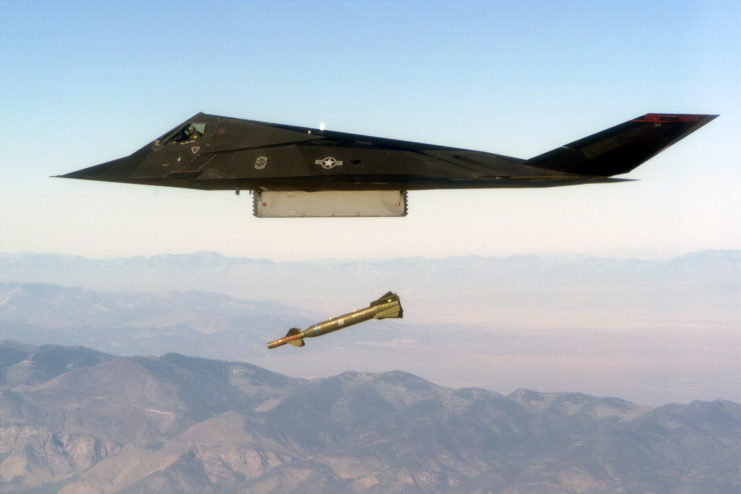In July 1986, a Lockheed F-117 Nighthawk crashed in Sequoia National Forest – not that the US Air Force wanted anyone to know. As the incident began making headlines nationwide, the military went to great lengths to keep the identity of the aircraft a secret, going to far as to replace the wreckage with that of a McDonnell F-101A Voodoo.
What officials failed to realize is that they were actually increasing public interest in their attempts to keep everything classified.
Mysterious crash in Sequoia National Forest
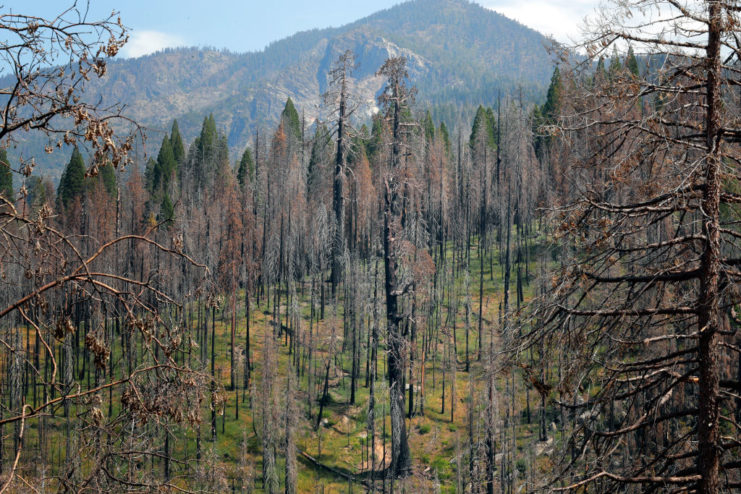
Replacing the F-117 Nighthawk with an F-101A Voodoo
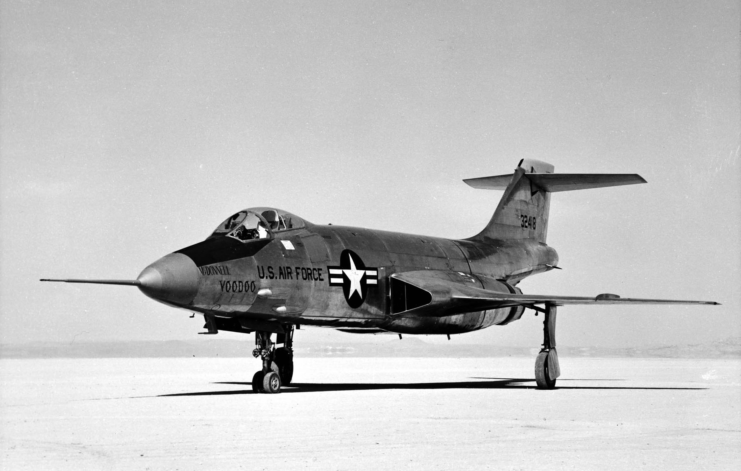
US Air Force personnel worked diligently to pick up the debris from the F-117 Nighthawk, after which the downed aircraft was replaced by a crashed F-101A Voodoo, which had been stored at the mysterious Area 51 in Nevada. The former had been out of service with the Air Force since 1972 and the Air National Guard since ’82.
The crash immediately sparked public attention, with many assuming the aircraft had originated from Edwards Air Force Base, California, located approximately 65 miles from the crash site. The speculation arose due to the fact that aircraft tested out of the base are often more-advanced than those one would typically see take to the skies. These include prototypes, new bombers and ordinary aircraft that have been modified.
Sources incorrectly reveal the aircraft was an F-19
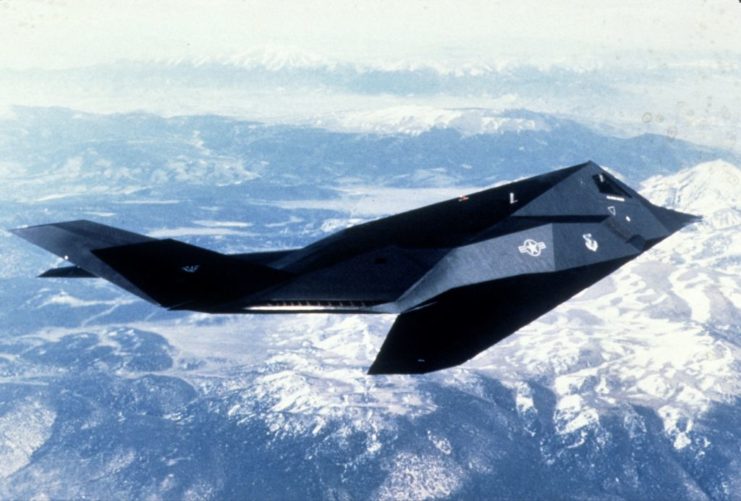
In an article published by the Associated Press on the day of the crash, International Arms Combat editor Andy Lightbody shared that unnamed sources had told him the aircraft was an F-19. The largely-hypothetical aircraft, which the US Air Force has never confirmed actually exists, has long been a topic of legend among those with an interest in military aviation.
The idea that the US military was developing a classified stealth aircraft with the designation “F-19” came about following the announcement for the F-20. As its predecessor was the McDonnell Douglas F/A-18 Hornet, many assumed a new fighter would have been given the next number in the sequence. Since that wasn’t the case, speculation arose regarding a top-secret project.
The Air Force quickly dispelled these rumors, saying the discrepancy was the result of Northrop specifically requesting that the Tigershark have the F-20 designation. Despite this, there are some who believe the F-19 to have been in development, with the task of manufacturing the fighter given to Lockheed.
Unveiling the F-117 Nighthawk
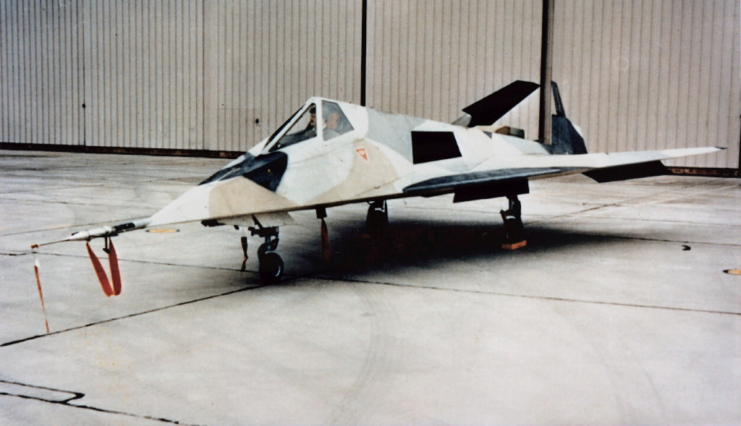
The Lockheed F-117 Nighthawk came about in the 1970s in response to a study conducted by the Defense Advanced Research Projects Agency (DARPA), which found that aircraft manned by the United States were unexpectedly vulnerable to adversary forces. This led the agency to hold a competition for a new stealth fighter design, which Lockheed Martin’s Skunk Works won.
A few years after the contract was awarded, in 1981, the F-117 underwent its first test flight, with deliveries to the US Air Force occurring the following year. Despite becoming operational just two years later, the stealth fighter was kept shrouded in secrecy, with the military only revealing its development to the public in 1988. Two years later, civilians were given their first glimpse of the aircraft.
F-117 Nighthawk specs
